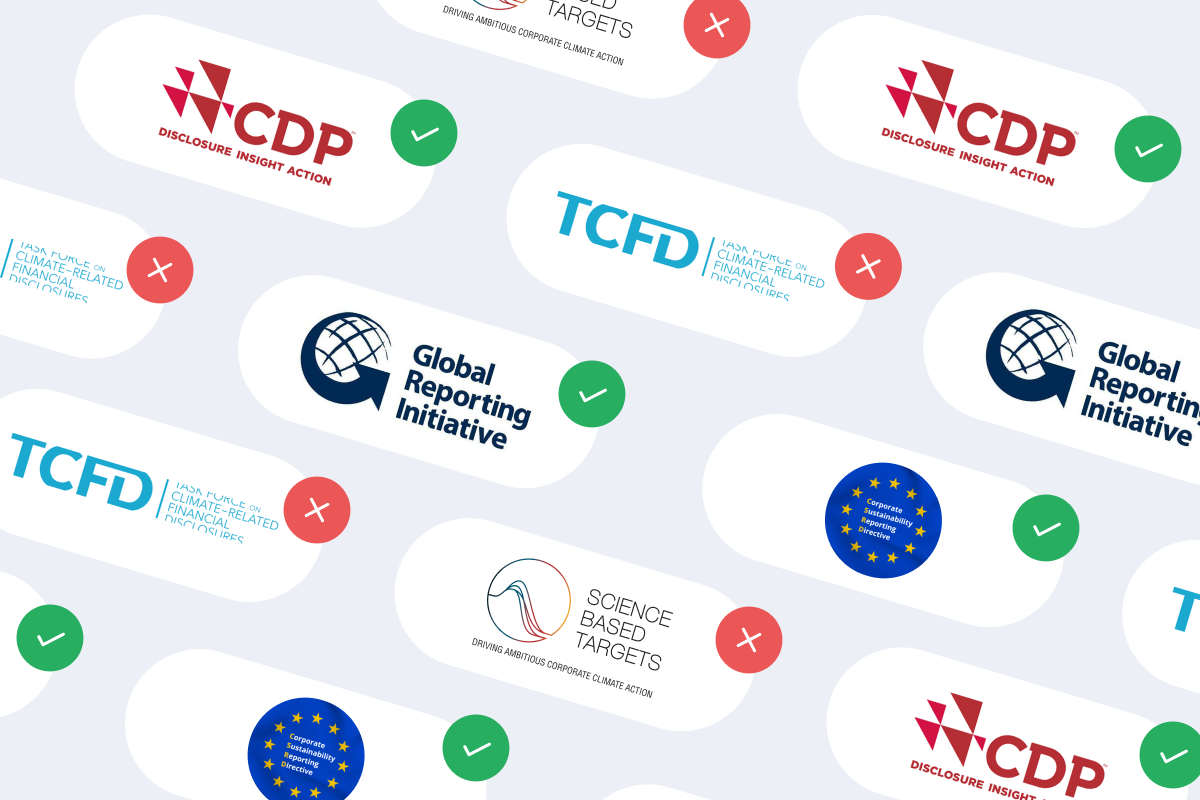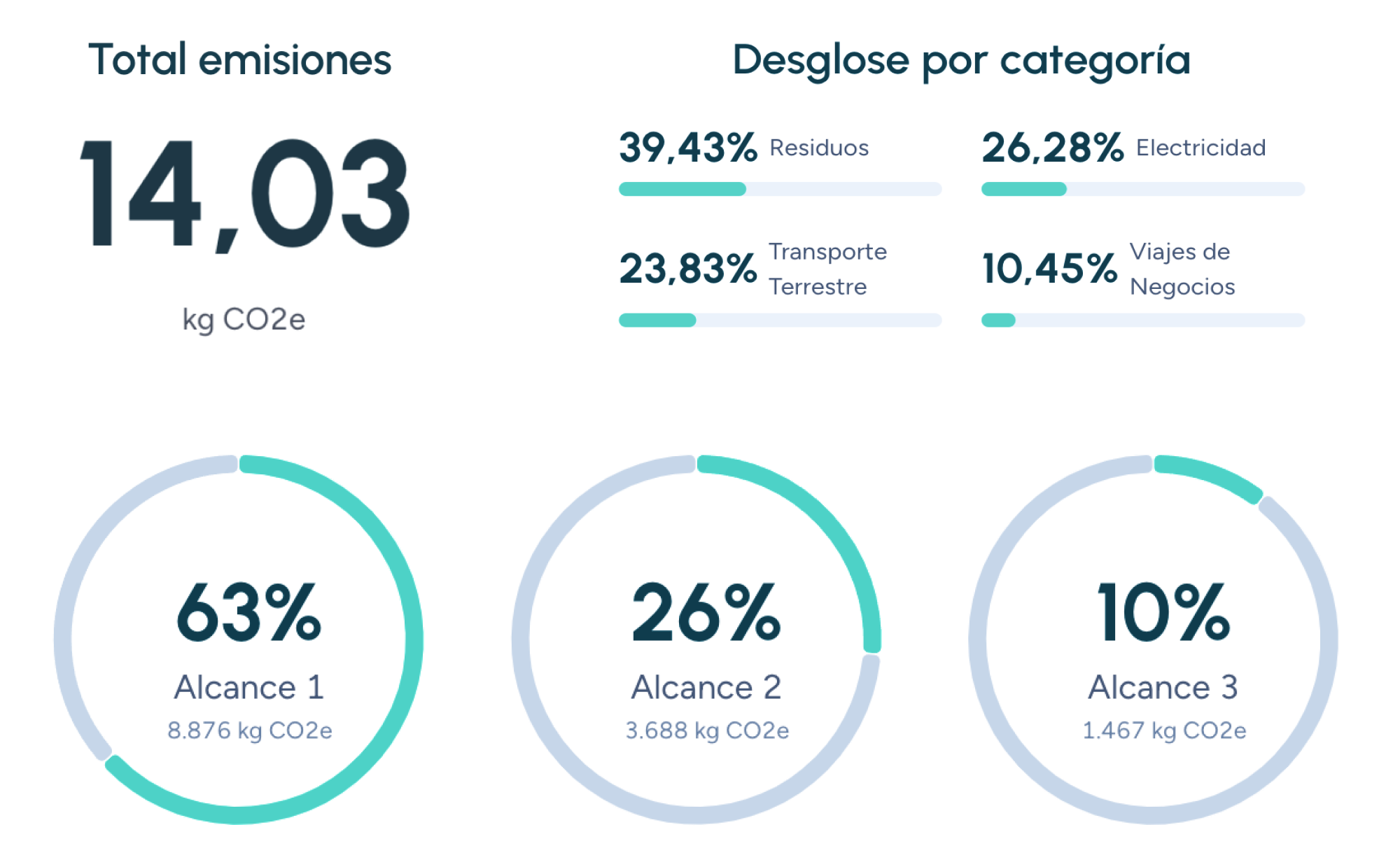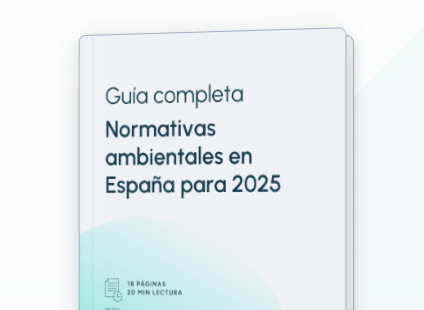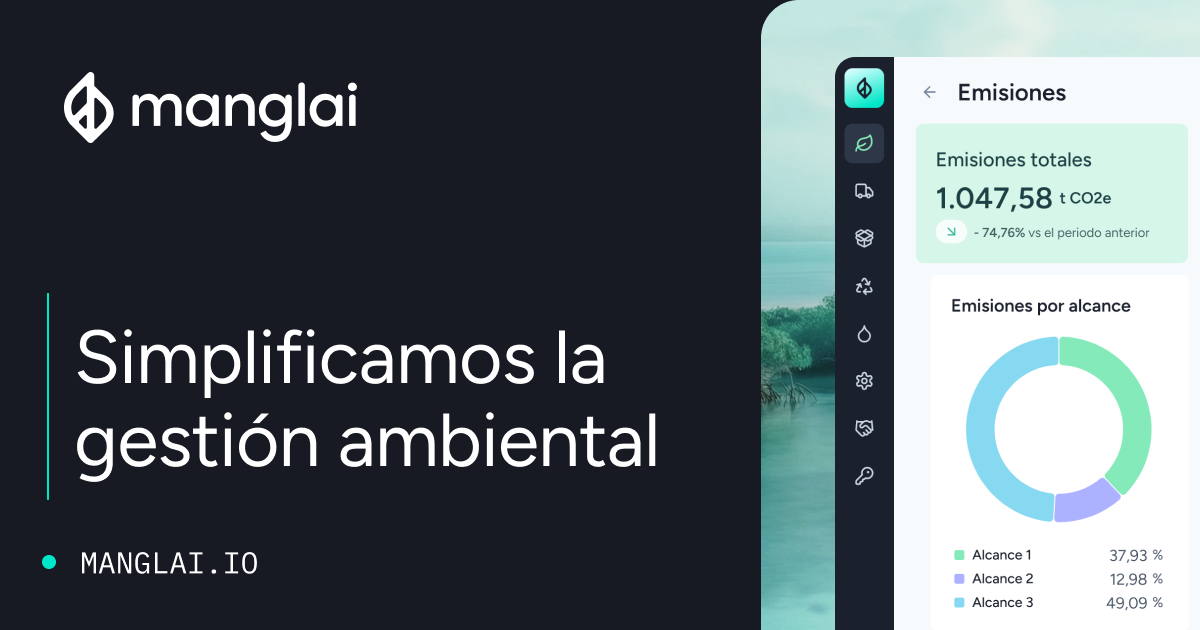E
Environmental Impact Assessment (EIA)
The Environmental Impact Assessment (EIA) is a crucial process to ensure that human activities are carried out sustainably and with respect for the environment. This procedure is not only essential for informed decision-making in development projects but also plays a vital role in measuring and reducing the carbon footprint.
What is Environmental Impact Assessment?
The Environmental Impact Assessment is a technical, administrative, and legal procedure designed to identify, anticipate, and mitigate the potential negative effects that a project or activity may have on the environment. This process allows authorities and project developers to make informed decisions, minimizing environmental damage and promoting sustainable development.
In general terms, the EIA analyzes factors such as:
- Air, water, and soil quality.
- Biodiversity and affected ecosystems.
- Impact on human health and local communities.
- Greenhouse gas (GHG) emissions and their contribution to climate change.
Legal framework for Environmental Impact Assessment in Spain
In Spain, the Environmental Impact Assessment is regulated by Law 21/2013, of December 9, on Environmental Assessment. This regulation establishes procedures to evaluate the significant effects of certain projects, plans, and programs on the environment. Additionally, it aligns national regulations with European directives, such as Directive 2011/92/EU and its amendment Directive 2014/52/EU.The law distinguishes between two types of assessments:
- Standard Environmental Impact Assessment: Applied to projects with a high potential environmental impact, requiring an in-depth analysis and the preparation of an environmental impact study.
- Simplified Environmental Impact Assessment: Used for smaller-scale projects to determine whether a more detailed evaluation is necessary.
Stages of Environmental Impact Assessment
The EIA process consists of several stages to identify and mitigate the negative impacts of a project:
1. Screening phase
At this initial stage, it is determined whether a project requires an Environmental Impact Assessment. This decision depends on factors such as the project's nature, location, and scale. In Spain, Annex I and Annex II of Law 21/2013 outline the types of projects subject to assessment.
2. Preparation of the Environmental Impact study
The project developer must prepare a technical document identifying potential environmental impacts and proposing mitigation measures. This study includes:
- Project description.
- Alternative analysis.
- Impact identification and assessment.
- Mitigation measures and monitoring plans.
3. Public consultation and citizen participation
Once the study is completed, it undergoes a public consultation process to ensure community involvement and feedback. This enhances transparency and helps identify additional concerns that may not have been previously considered.
4. Decision and monitoring
The competent authority issues a resolution that may be approved, approved with conditions, or rejected. If approved, corrective measures are implemented, and ongoing monitoring is conducted to ensure compliance with environmental commitments.
The relationship between Environmental Impact Assessment and carbon footprint
One of the most critical aspects of EIA is its connection to the carbon footprint, which measures the total greenhouse gas (GHG) emissions generated directly or indirectly by an activity. Incorporating carbon footprint analysis into EIA is essential for addressing climate change and meeting the goals of the Paris Agreement (UNFCCC, 2015).
Measuring Emissions in Scopes 1, 2, and 3
EIA can include the calculation of emissions across the three GHG Protocol scopes:
- Scope 1 emissions: Direct emissions from sources controlled by the project, such as machinery or vehicles.
- Scope 2 emissions: Indirect emissions from electricity, heat, or steam consumption.
- Scope 3 emissions: Indirect emissions across the value chain, such as those generated by suppliers or material transportation.
Benefits of integrating Environmental Impact Assessment into business strategy
EIA is not only a legal requirement but also an opportunity for companies to demonstrate their commitment to sustainability. Key benefits include:
- Risk reduction: Identifying and mitigating environmental impacts reduces the likelihood of legal penalties and reputational damage.
- Resource optimization: Implementing energy efficiency measures and emission reduction strategies can lead to significant cost savings.
- Access to financing and subsidies: Projects with a sustainable approach are more likely to receive financial support and qualify for public tenders.
- Increased competitiveness: Companies that integrate sustainability into their strategy are more attractive to investors, customers, and partners.
How Manglai supports Environmental Impact Assessment
Environmental Impact Assessment is a fundamental tool for ensuring that projects and human activities are developed sustainably. Integrating EIA with carbon footprint analysis is key to addressing climate challenges and promoting environmentally responsible economic development.With advanced tools like those provided by Manglai, companies can streamline this process, optimize their sustainability strategies, and comply with legal and regulatory standards.
Companies that trust us

CO₂ Equivalent
Understand what CO₂ equivalent means and why it's important in measuring the carbon footprint. Learn how it’s calculated and its role in fighting climate change.
Carbon Footprint
The carbon footprint measures the total amount of greenhouse gases emitted directly or indirectly by human activities, and its reduction is key to mitigating climate change through strategies such as energy efficiency and the use of renewable energy.
Carbon Footprint aspects
Discover what a carbon footprint is, why it matters, how it is measured, and the emission scopes defined by the Greenhouse Gas Protocol.
Guiding businesses towards net-zero emissions through AI-driven solutions.
© 2025 Manglai. All rights reserved
Política de Privacidad


